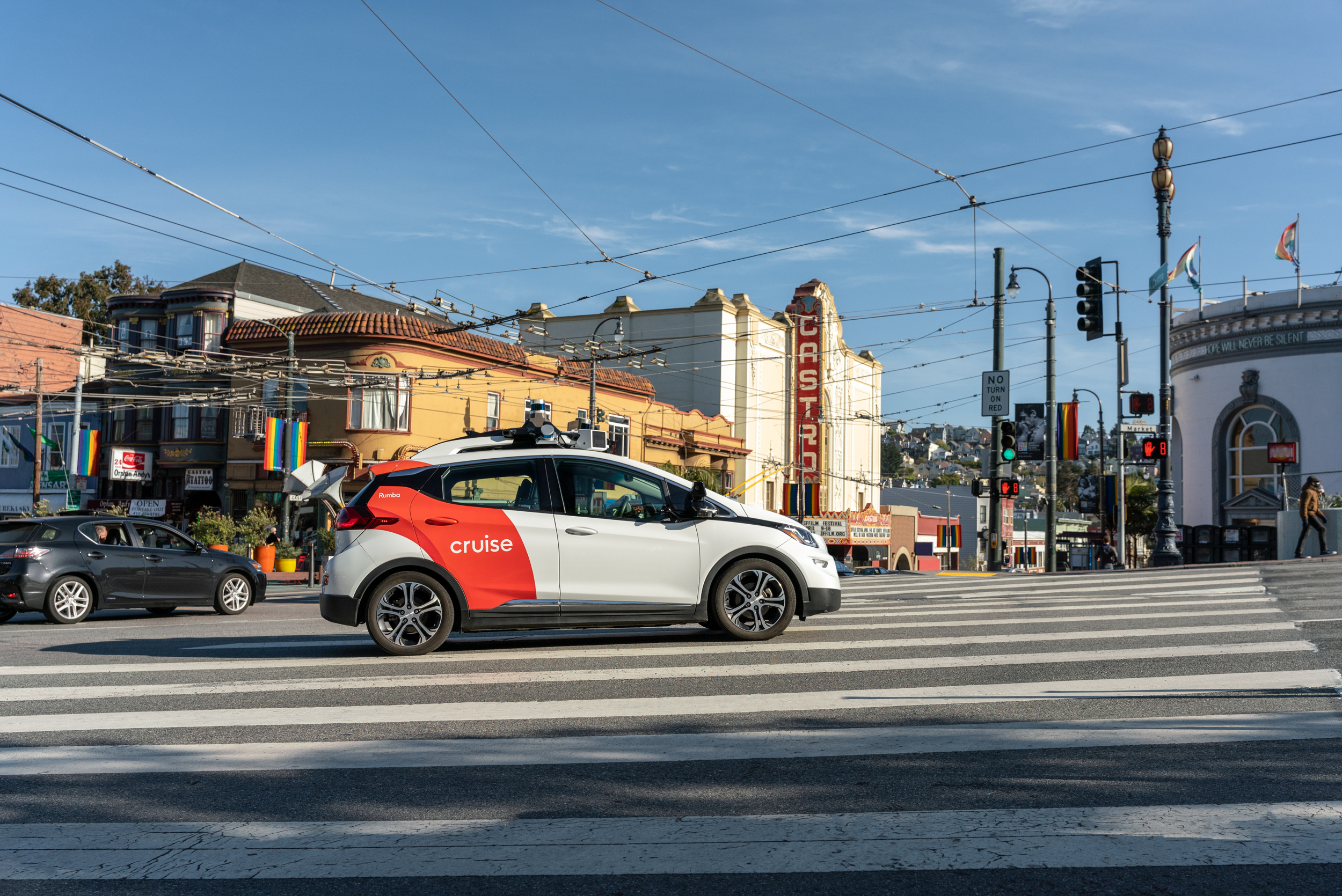Cruise and Waymo are poised to get final approval to operate autonomous robotaxi services for fare-paying passengers across San Francisco 24 hours a day as early as June.
Two draft resolutions from the California Public Utilities Commission, a state agency that regulates fare-taking transportation systems like taxis, would give Cruise and Waymo the regulatory green light to “offer passenger service in its autonomous vehicles without a safety driver present throughout the city of San Francisco, at all hours of day or night.”
If approved, the robotaxi services would be permitted to expand their operations despite protests from local officials that doing so may cause safety issues.
Currently, Cruise has the authority to offer fare-taking robotaxi services in limited areas of San Francisco from 10 p.m. to 6 a.m. without a safety driver, along with fully autonomous, non-fared passenger service throughout San Francisco around the clock. Currently, Waymo only has the authority to offer fared passenger service in San Francisco with a safety driver present.
The California Department of Motor Vehicles previously provided Cruise and Waymo approval to operate across the city, leaving the commission’s approval as the last major regulatory hurdle for the companies. The resolutions are currently in a comment and review period.
The commission is expected to vote on the resolutions at its June 29 meeting, according to the draft resolutions. The resolutions were first highlighted by freelance reporter Benjamin Schnieder.
Local transit agencies are largely sidelined from regulation of robotaxi services, as autonomous vehicles are largely governed at the state level. But local officials have nonetheless attempted to slow the expansion of these services by voicing concerns and sending letters of protest to state and federal agencies. The Board of Supervisors approved a resolution in December meant to support San Francisco Municipal Transportation Agency’s claims that unimpeded robotaxi expansions could lead to safety and traffic issues and calls for more data-sharing.
The draft resolutions specifically note protests about the service expansions made by San Francisco city agencies, including the SFMTA and the San Francisco County Transportation Authority (SFCTA).
Among the issues raised by San Francisco agencies are a lack of transparency, a lack of adequate monitoring and issues with the performance of existing autonomous vehicles on city streets. Specifically, city agencies called attention to unplanned stops that blocked traffic or interfered with public transit or emergency services.
According to the draft resolutions, the commission determined that San Francisco’s arguments don’t amount to a proper protest as they would require relitigating a prior order from the state commission. Additionally, the commission says that protests “may not rely purely on policy objections.”
In an interview, Tilly Chang, executive director of the SFCTA, specifically pointed to incidents between autonomous vehicles and first responders that are now happening on an “almost daily” basis.
Although the commission wrote that Waymo and Cruise have good safety records “according to available data,” Chang took issue with that conclusion.
“Our available data tells us something a bit different,” Chang said. “There is greater risk certainly than what the companies are conveying by virtue of what we’ve seen and what we’ve been able to experience directly.”
As for potential future state regulations on robotaxis, Chang suggested requiring new reliable communications technology with emergency vehicles, as well as transparent metrics like the number of incidents per vehicle miles of service. She said her organization is still working with other city agencies to finalize their comments about the draft resolutions.
“The common-sense regulatory approach is not just to set a floor and make sure that that floor is met, but also take into account on-street experience and actual operating conditions,” Chang said.
The Los Angeles Department of Transportation and the California Transit Association also sent letters of concern attempting to slow the service expansions of robotaxis using many of the same arguments levied by San Francisco authorities. While the decision in front of the commission only governs deployment in San Francisco, it will likely set the stage for expansions across the state.
In the draft resolutions, the commission sides with Cruise and Waymo, who argued against the protests on process and jurisdictional grounds. Additionally, the resolutions assert that both companies’ passenger safety plans, which detail how the vehicles will minimize safety risk for passengers and respond to unsafe conditions, meet requirements.
However, the commission also expressed concerns about robotaxi passenger pickup and drop-off operations and the potential for unplanned stops to create road hazards. But it noted that “to date, none of these reported incidents have resulted in bodily harm.”
In the draft resolutions, the agency says it will “continue to evolve regulatory policy to ensure passenger and public safety.”
